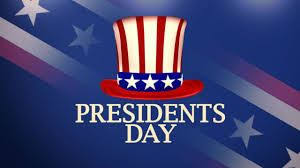
INDIANA – This holiday Presidents Day is a great day to reflect on the leaders who shaped our great country and think ahead about the kinds of leaders we want moving us forward.
Since George Washington first took the oath of office in 1789, we have had forty-six presidents, each making their own contributions to our great nation.
The United States celebrates Presidents Day, meaning many students and government officials get a restful day off.
When students return to school after their three-day weekend, their teachers will have a full class schedule prepared for them. However, even though important moments in history mean students get to sleep in on a weekday, not every student is excited to go to their history class.
Brainly, the world’s largest online learning community, polled students and received some interesting information.
Consider these stats:
- Some 62% of U.S students reported having an average of 3 hours of history homework per week.
- In terms of major wars taught in the U.S. history curriculum, around 72% of students say they knew the most about World War II.
- Over 75% of students said their history homework was moderately difficult or challenging in comparison to their other subjects.
- Brainly users shared 648,648 history answers – that is 9.7% of all answers in 2021.

Patrick Quinn, parenting expert at Brainly and former public school teacher, notes “ If we take a step back and make history lessons interactive, including fun facts and stories that are not typically included in textbooks, students will start to show much more interest.”
Results from Brainly’s engagement with history on their app shows the top 10 states most interested in history, along with the share of traffic-related to history questions in January 2022:
- Alaska 13%
- California 11%
- New Mexico 11%
- Oklahoma 11%
- Kansas 10%
- Arizona 10%
- Idaho 10%
- Washington 10%
- Colorado 9%
- Nebraska 9%
HISTORY OF PRESIDENTS’ DAY
After the death of George Washington in 1799, his birthday was unofficially celebrated as a day of remembrance called Washington Day. Throughout the 1800s, people used this day to honor the man that shaped America and the legacy he left. In 1832, a resolution permitted the removal and internment of George Washington’s body in the Capitol Building in Washington D.C. and the erection of the Washington Monument in 1848 caused more celebrations nationwide.
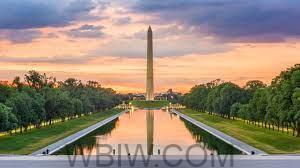
It wasn’t until the late 1870s that Steven Wallace Dorsey proposed that Washington’s birthday should become a national federal holiday. President Rutherford B. Hayes signed it into law in 1879 and joined the four existing bank holidays that were previously approved in 1870. Because of Abraham Lincoln’s legacy and the proximity of his birthday on February 12, it was proposed that Washington Day should become Presidents’ Day to celebrate both men, but that idea was rejected by Congress.
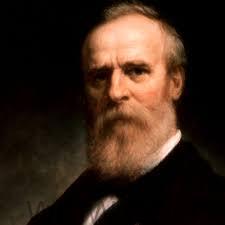
Washington’s Birthday didn’t officially become Presidents’ Day until the late 1960s. Senator Robert McClory of Illinois concocted a plan that moved key bank holidays to Mondays to increase the number of three-day weekends for workers in what’s known as the Uniform Monday’s Act.
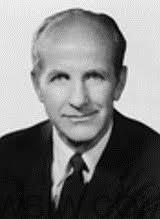
The hope was that it would increase productivity and decrease employee absenteeism. Unsurprisingly, the labor union agreed with this idea and so did the private sector.
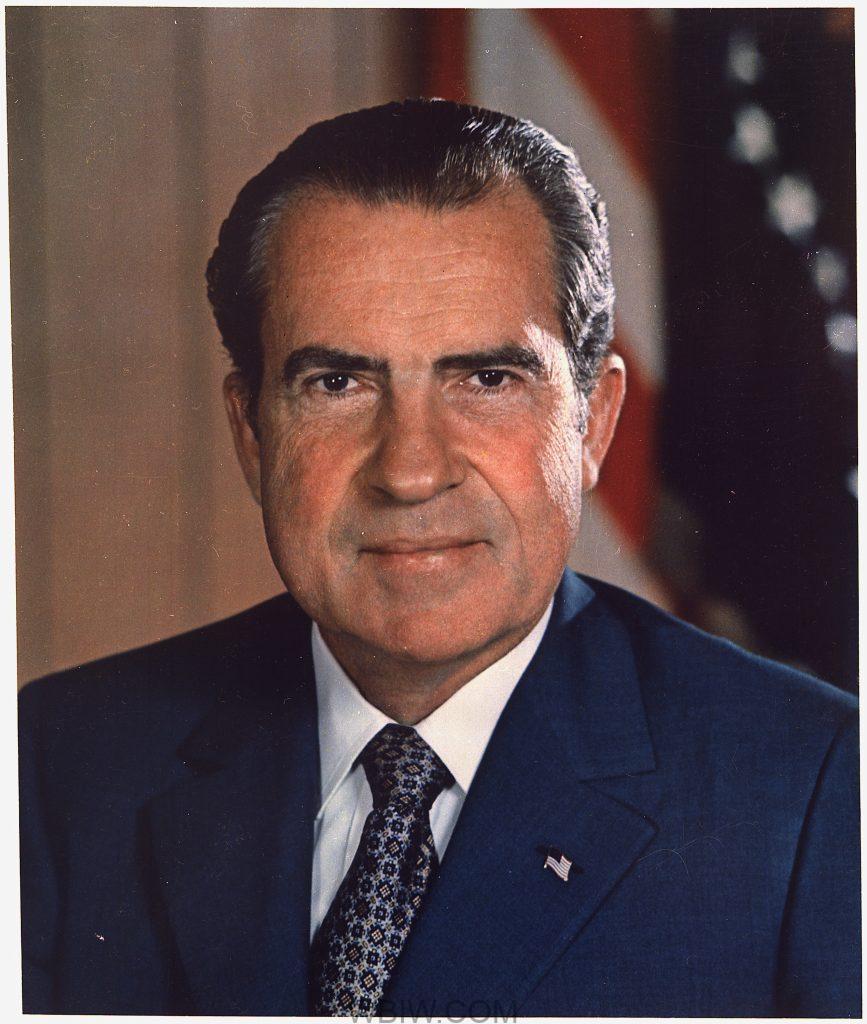
In 1971, Richard M. Nixon made the executive order to pass the Uniform Monday Holiday Act, which shifted Washington’s Birthday, Columbus Day, Memorial Day, and Veterans’ Day to Monday. With the date landing in the middle of Lincoln’s and Washington’s birthday, it became known as Presidents’ Day, while having a simultaneous benefit for retail stores as they advertised their special sales events during this time. By the mid-1980s, Presidents’ Day became the common term and continues to be called as such to this day.



